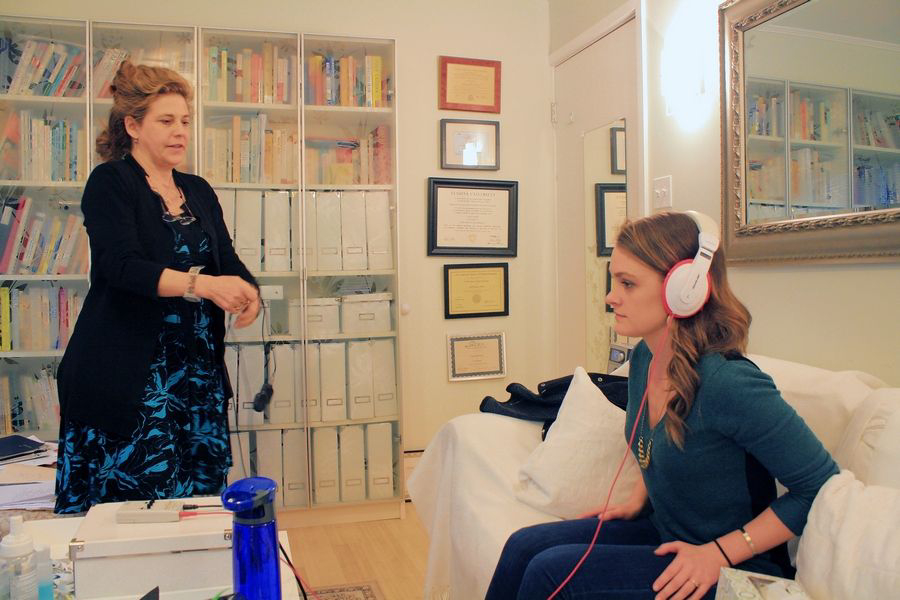EDMR
EMDR is recognized as one of the most effective treatments for trauma and other life challenges. It helps change painful and limiting life patterns faster than any talk therapy available. In short, it rewires the brain and changes traumatic memories that over time get stored in there. It is effective because it uses the natural healing ability of the body and the mind to change the way the past influences us. It is used for both old and recent traumatic and distressing events.
It’s easy to stay stuck with the same fears and pain that arise when we’re triggered by unresolved feelings. Traumatic memories have a lasting negative effect, and interferes with the way we see the world and how we relate to people in general. Unaddressed self-limiting behaviors often lead to relationship problems, addictions, and a lack of self-esteem.
Francine Shapiro developed Eye Movement Desensitization and Reprocessing (EMDR) in 1987. Since then, this technique has been proven to lessen the impact that traumatic memories or thoughts have on our psyche.
EMDR has been successful in resolving the following issues:
- Depression
- Anxiety
- Phobias
- Traumas
- Post Traumatic Stress
- Panic Attacks
- Childhood Abuse
- Unresolved Grief
- Low Self-Esteem
- Addictions
How Does it Work:
A person is treated with bilateral sensory input from tappers held in each hand, which moves a memory that has been incorrectly stored to a more functional part of the brain. EMDR therapy corrects these painful memories associated with the trauma and helps them lose their charge.
The dual attention stimulus (left hand, right hand) used during a session makes recalling memories easier and has an added calming effect. This stimulus also helps a person keep their attention in the present while allowing the brain to go to the past. That helps the client to feel safe. That helps the client to feel safe to process a memory in a way that stimulates a more peaceful resolution, leading to increased insights regarding previous disturbing events, or future worries and fears.
Utilizing EDMR Therapy, I help clients expand their window of tolerance and regulate their emotions by learning new and better coping skills. As their therapist, I help support and guide them toward their own process of healing.
Sessions are broken down into multiple phases:
- History taking
- Preparation
- Assessment
- Treatment
- Evaluation
After a thorough assessment, you will be asked to bring up a disturbing memory. You will be asked to focus on the feelings that accompany that memory and where you feel them in your body.
This process takes you out of your head and lets your body and feelings guide you. I am always amazed at how the process works. Clients are amazed at how many different memories come up during the process. Throughout the session, I will support and facilitate your own self-healing and intervene as little as possible.
Most people experience EMDR as a very empowering and natural therapy. The amount of sessions needed is different for each person
Who Benefits the Most
It is particularly effective for those who struggle bringing up their past and recent problematic experiences in talk therapy.
What to Know Before You Try EMDR
It is considered to be very safe. It promotes a heightened awareness of thinking, which can continue after the session.
While it will be extremely effective in the long run, it can be emotionally stressful to move through this kind of treatment. You have to be willing to do the work. That said, clients find it is well worth it.
Contact me if you have questions or want to set up your first EMDR therapy session.

